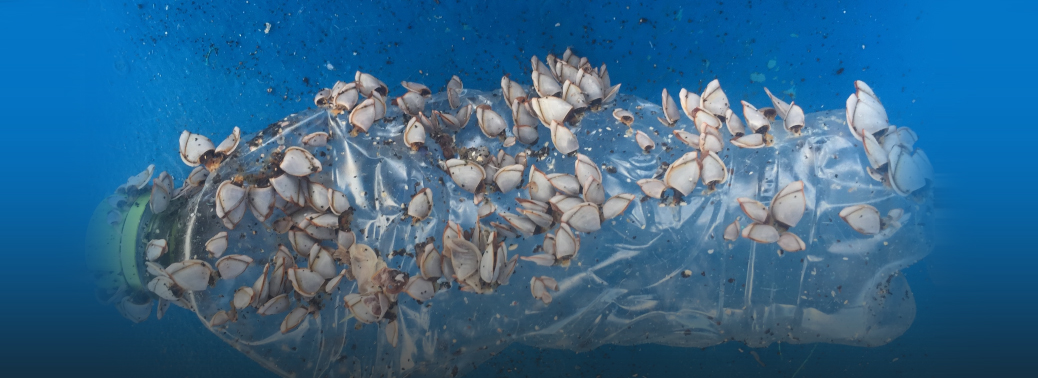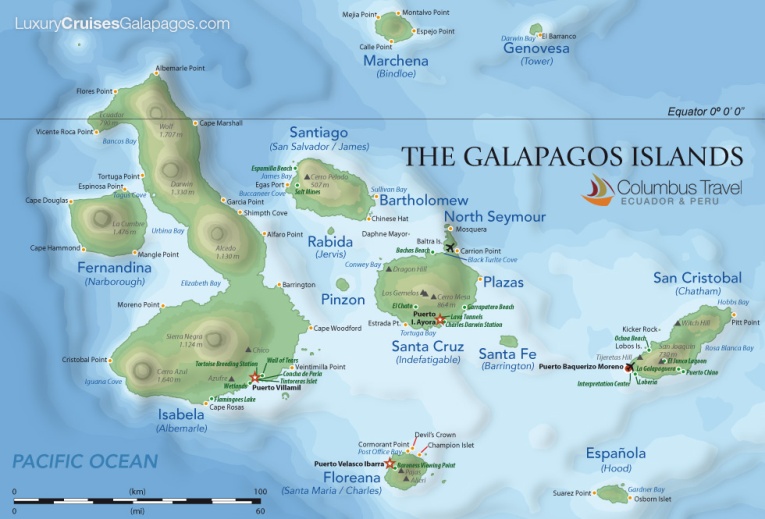Plastic harms Galapagos wildlife
24, Mar 2019

Prelims level : Animal Species
Mains level : GS - IIIConservation, environmental pollution and degradation, environmental impact assessment.
Tonnes of plastic waste wash up on the shores of the Galapagos islands where microparticles end up in the stomachs of species found only in the Pacific archipelago 1,000 km west of mainland Ecuador.
Those microparticles, often from waste discarded in big cities from other countries and even continents, are perhaps one of the greatest threats to the iguanas, tortoises, birds and fish of the Galapagos.
Food chain
The tiny plastic pieces become part of the food chain that we may later feed on.
Sun rays and the ocean’s saltwater break down bottles, bags, lids, containers and fishing nets.
What are microplastics?
- Microplastics are tiny particles which are present in many sources, including carry bags and pet bottles. These tiny particles easily pass through water filtration systems and end up in the water bodies, posing a potential threat to aquatic life. Microbeads, a kind of microplastic, are used as exfoliates in some cleansers and toothpastes. Even though banned in US and Canada, microbeads are still used in India.
- Often called “salt sized” chips of plastic, microplastics don’t just resemble salt; they can be in it too. So if the sea contains plastics, so do the products we harvest from it. What is worse is that so far there are no water filter systems which can filter microplastics.
How does plastic get into water?
- These microscopic fibres originate in everyday activities such as abrasion of clothes, upholstery, and carpets. About 60 per cent of all our clothes are made from polyester, a form of plastic derived from fossil fuel. Another kind of plastic, styrene butadine is released from vehicular tyres, which lands into sewers and water bodies.
How harmful is it?
- Microplastics can migrate through the intestinal wall and travel to lymph nodes and other bodily organs, shows the Orb report. Microplastics have also been shown to absorb toxic chemicals linked to cancer and other illnesses, and then release them when consumed by fish and mammals. So if plastic fibers are in your water, experts say they’re surely in your food.
What’s the solution?
- The report suggests that the solution lies in making the producers responsible for waste management, and creating new non-polluting materials. Most of all, we need to make sure microplastic does not enter water and reduce plastic usage. The most important thing is to understand individual plastic consumption. Not buying plastic bottles and carry bags, avoiding straws, washing synthetic clothes less often can bring about a difference not just to the environment but to our bodies.
Galapagos Islands
- The Galapagos Islands, part of the Republic of Ecuador, are an of distributed on either side of the equator in the Pacific Ocean surrounding the centre of the Western Hemisphere, 906 km (563 mi) west of continental Ecuador.
- The islands are known for their large number of endemic species and were studied by during the second voyage of HMS Beagle.
- His observations and collections contributed to the inception of Darwin’s theory of natural selection.
- The Galapagos Islands and their surrounding waters form the of Ecuador, the Galápagos National Park, and the Galápagos Marine Reserve.
- The principal language on the islands is Spanish. The islands have a population of slightly over 25,000.







